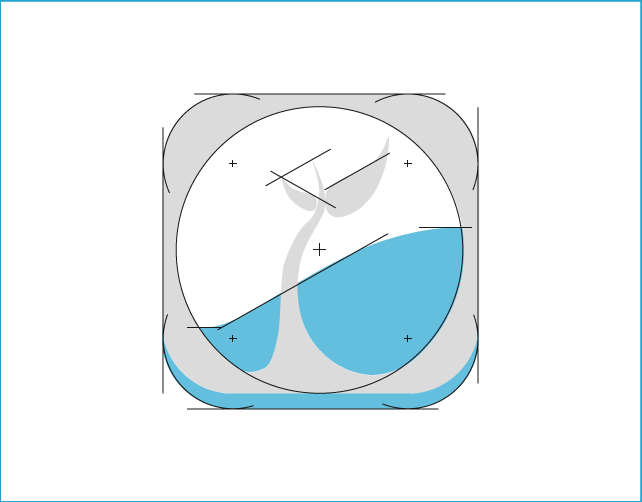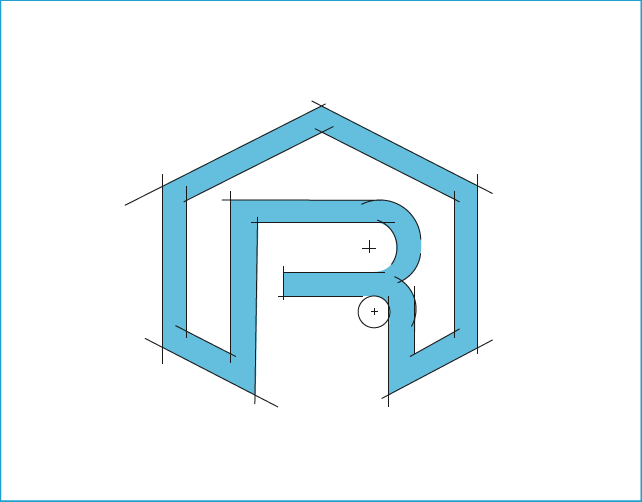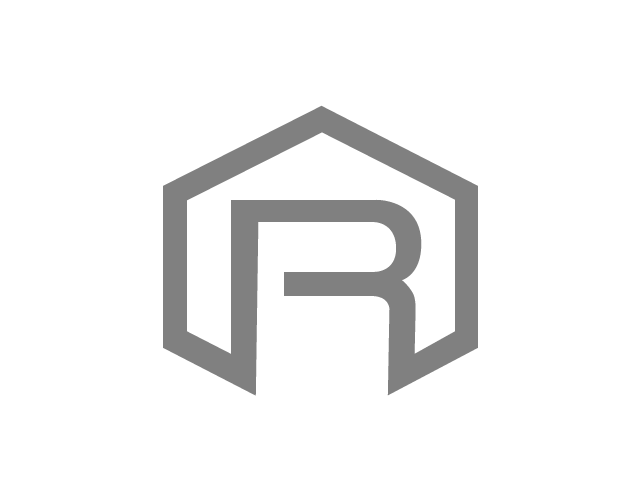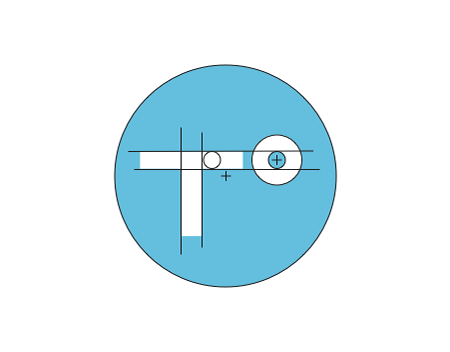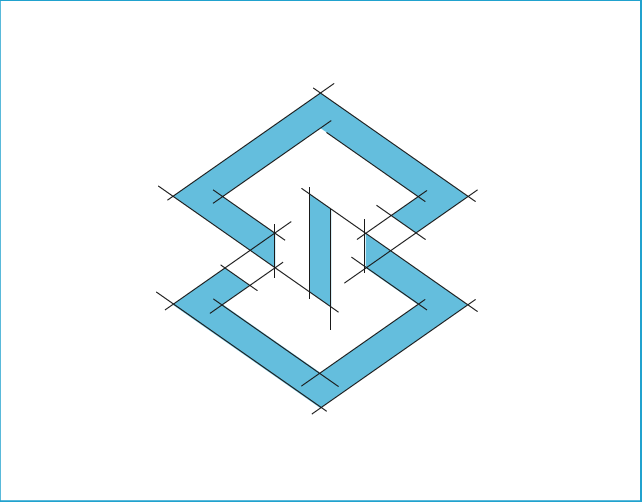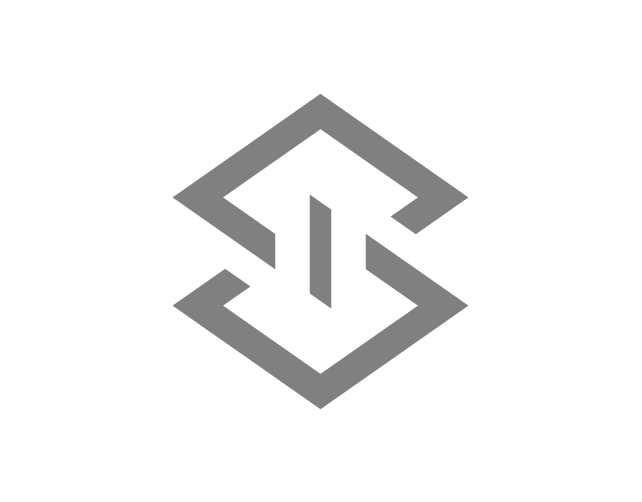TL;DR - I led design efforts on Data Gateway, a tool that allows users to easily connect data sources with Salesforce. I describe UX issues, my solution, the business impact, and what I learned.
Product Overview
Data Gateway allows users to easily connect existing systems with Salesforce. Users may have customer or employee data in another system (like a database or SAP), and having the data available within Salesforce would better enable their sales teams. With Data Gateway they can specify which data they want, where it should appear, and who should have access. The product experience is simple enough for Salesforce admins to integrate without requiring a software development background.
I’ve structured this case study a bit differently, below you will find a number of product improvements that occurred through my involvement. I outline the issue, describe the solution, business value, and describe what the major lessons I learned.
I’ve structured this case study a bit differently, below you will find a number of product improvements that occurred through my involvement. I outline the issue, describe the solution, business value, and describe what the major lessons I learned.
OBJECT BUILDER
Problem: The object creation flow failed to provide visibility into which tables were available in a data source, greatly decreasing discoverability. Users needed to know the name of the table in order to search for it (similar to searching phonetically in a dictionary for “city”). Search results also took over three seconds to return.
Solution: We restructured the user flow to better surface the table data and to limit wait times. Users would provide an object name and description while first 100 table names are retrieved. Users could immediately begin browsing table names while another call retrieved all remaining table names. This structure increased visibility and also significantly reduced the wait time needed to see search results.
Solution: We restructured the user flow to better surface the table data and to limit wait times. Users would provide an object name and description while first 100 table names are retrieved. Users could immediately begin browsing table names while another call retrieved all remaining table names. This structure increased visibility and also significantly reduced the wait time needed to see search results.
Business value: Our technical presales expert was a big champion for this improvement. He stated that this change would have a large impact on his ability to quickly build proof of concept applications in front of prospects.
What I learned: The easiest way to get a large infrastructure change into production is to engage developers and help them to provide design solutions. If they understand the problem and believe in the solution it works wonders when priorities are defined.
What I learned: The easiest way to get a large infrastructure change into production is to engage developers and help them to provide design solutions. If they understand the problem and believe in the solution it works wonders when priorities are defined.
CLOUD EXTENDER
Problem: Users could not test Data Gateway with data sources that are behind a firewall. The existing process required a lengthy back and forth with MuleSoft support to configure VPC access.
Solution: Our engineers had a great idea - enable users to download a simple application that would open a window for Data Gateway in the firewall. During the process of configuring a connection to the data source a user would indicate that it existed behind a firewall, after which they were prompted to download Cloud Extender. After a simple installation process they would paste a code into the application and the connection would be validated.
Business value: Cloud Extender greatly reduced the barriers for convenient product trials, and 25% of current potential customers are using Cloud Extender.
Solution: We built a flow that allows users to copy one or many objects from one gateway to another. “Copy Objects” may seem like a relatively simple flow, but we needed to anticipate a variety of results, especially when copying a batch of objects with varying outcomes.
What I learned: Trust engineers. Original brainstorming on how to solve the problem revolved around improving the VPC provisioning process until one of the developers suggested the Cloud Extender approach. His suggestion proved to be vastly easier to implement, faster to execute, and led to the desired outcome.
COPY OBJECT
Problem: Users commonly create identical objects from different data sources which led to repetitive, boring product experiences.
Solution: We built a flow that allows users to copy one or many objects from one gateway to another. “Copy Objects” may seem like a relatively simple flow, but we needed to anticipate a variety of results, especially when copying a batch of objects with varying outcomes.
Business value: Copying objects provided competitive differentiation and aided us in closing our first few deals (increasing sales by 100%, which isn’t as impressive as it sounds).
What I learned: The devil is in the details. At first glance, copying objects seems very straightforward. As I dug deeper into the flow I surfaced many potential error states that needed to be accounted for, which modified the way the user flow should be orchestrated. Of particular interest was batch copy, which could have a mix of successful and failed copy results.
What I learned: The devil is in the details. At first glance, copying objects seems very straightforward. As I dug deeper into the flow I surfaced many potential error states that needed to be accounted for, which modified the way the user flow should be orchestrated. Of particular interest was batch copy, which could have a mix of successful and failed copy results.
Salesforce App Exchange Branding
Problem: Our product marketing materials looked very different from the product experience, leading to a disjointed experience on first use. Users discover and obtain Data Gateway solely through the Salesforce App Exchange (or store), and we weren’t making a positive first impression.
Pre-Existing Visual Representation
Solution: Provide new marketing images to the product marketing team that are more aligned with the product experience. This required coordination between the product visual designer, the product marketing manager, and the marketing creative team. I provided requirements, managed timeline, and obtained stakeholder approval to get the new materials in place.
New Listing Graphic
Business Value: The original collateral had been “thrown together” by the product marketing manager (her words, not mine) to quickly get the Salesforce App Exchange listing up. Our new materials were viewed much more favorably by users participating in our validation testing, and left a significantly better impression on visitors.
What I learned: It is possible for product and marketing to work well together! We have often encountered organizational friction, but when we clearly articulated our problem they were willing to engage. Like most collaboration, the outcome is closely tied to your willingness to communicate openly and go the extra mile to enable others to participate.
What I learned: It is possible for product and marketing to work well together! We have often encountered organizational friction, but when we clearly articulated our problem they were willing to engage. Like most collaboration, the outcome is closely tied to your willingness to communicate openly and go the extra mile to enable others to participate.




